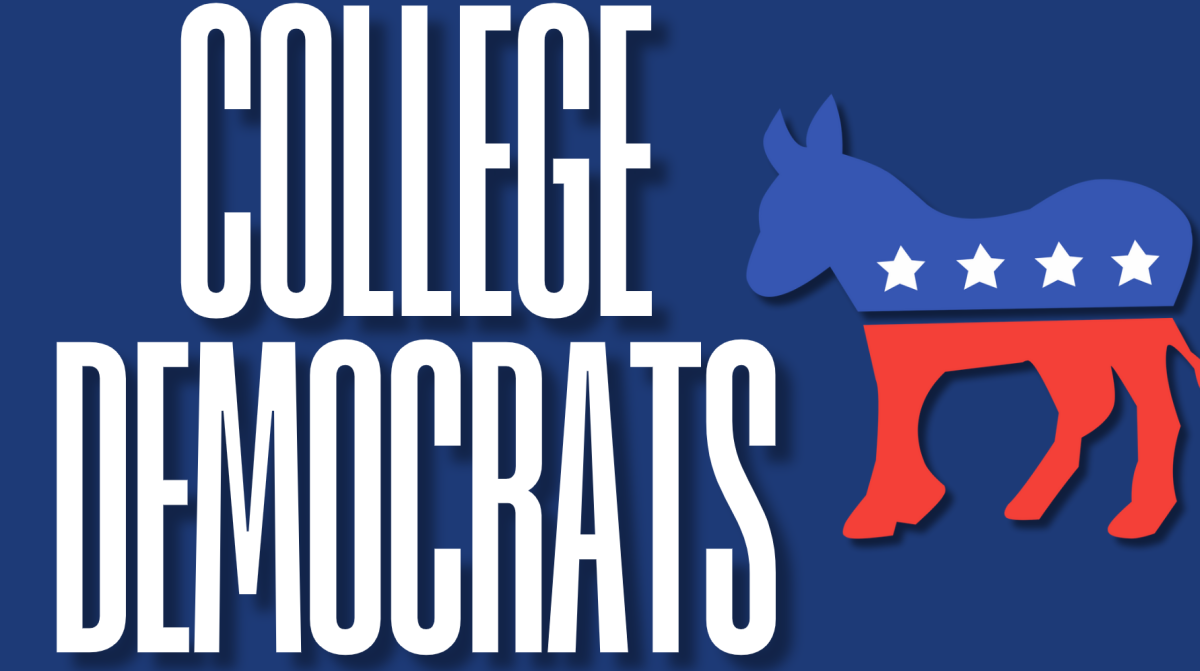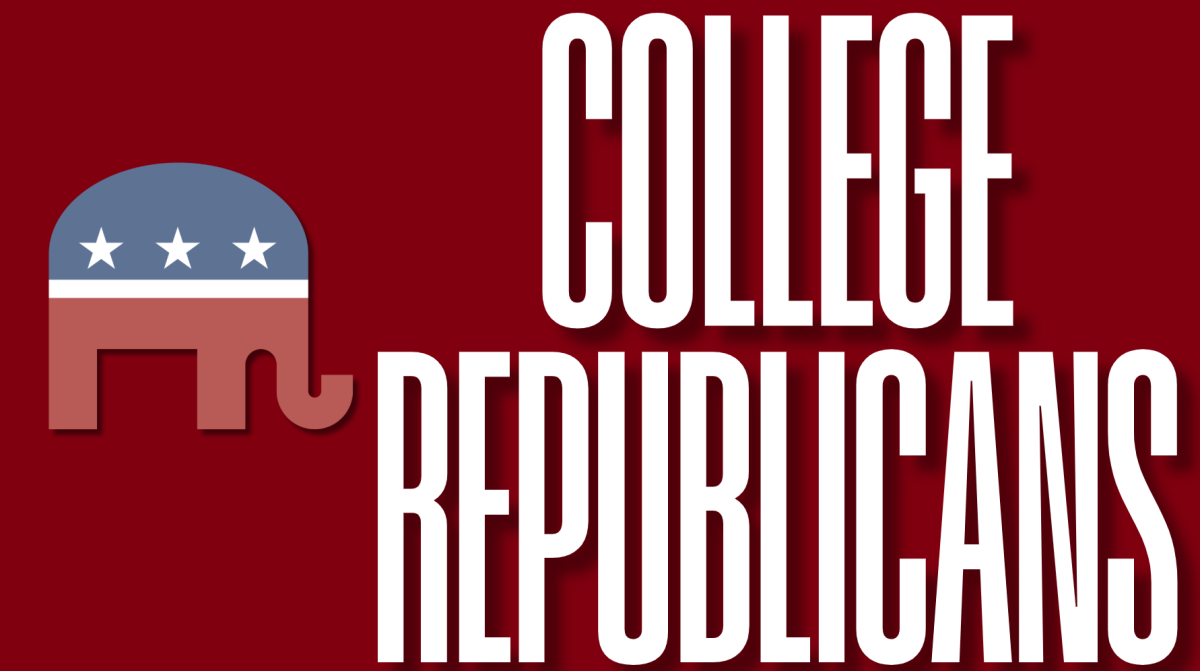By Matthew Michaels

Major League Baseball was on full display, as a tension-filled and exciting playoffs culminated in a dramatic win for the Chicago Cubs over the Cleveland Indians in a World Series that went on for a full seven games. Television viewership reached quarter-century highs for a baseball game, and fan interest spiked severely as two bad luck franchises dueled for long awaited titles. Everything was perfectly set up for an immaculate postseason for MLB, but one blight spoiled the picturesque images of the Fall Classic — Chief Wahoo.
In 1928, the Indians featured a Native American on the breast of their home uniforms, but the following season, the patch moved to the left sleeve, where it stayed until the end of the next decade. Chief Wahoo became the logo for Cleveland’s baseball club in 1947, a year before the Indians’ most recent championship. In his first incarnation, Chief Wahoo appeared with a large nose, a wide grin showing his big, white teeth and a feather sticking out of his hair. The logo has gone through several redesigns over the years, but the basic caricature has remained, save for a reddening of the skin.
Chief Wahoo was originally on players’ sleeves, but made it to the hat for most of the 1950s and jumped to the breast in 1963. The uniforms changed drastically in the 1970s, but by the 80s, Chief Wahoo was back on jersey sleeves and returned to hats in 1986. The Indians’ ownership is very pleased with how much Chief Wahoo merchandise has sold over the past decades and the profit margin is clearly a factor in the logo’s continued use.
Aversion to the racist caricature is nothing new. When President Bill Clinton threw out the first pitch in Cleveland in 1994, he adorned his head with a cap containing a block-letter C. To a certain extent, the league and team are both aware of the unacceptableness of Chief Wahoo, as evidenced by his absence on Indians.com and mlb.com.
The organization seemed to be on the right path with a phase-out of Chief Wahoo, although his use would have been better off terminated with one swift removal. The block C has replaced Chief Wahoo as the team’s primary logo with presence on the batting helmet and hat, but the Chief remains on the sleeve. For every playoff game this season, Cleveland reverted to wearing its embarrassing reminder of Native American racism on its hat. In national spotlight, the Indians on-field loss paled in comparison to the setback they served to mascots and team names that institutionalize Native American racism.
At one point in history, Chief Wahoo may have been viewed favorably, but he has no place on a major professional sports team’s uniform in the 21st century. His reappearance is unacceptable. Even worse are the Cleveland fans who attend games in red face paint with headgear containing feathers beating on drums. Spectators are adopting another culture’s heritage and misusing sacred symbols without recognizing the importance or acknowledging the impact of their actions.
Unlike Washington’s football team, the Indians’ name is not inherently problematic, but the iconography of the logo screams cultural insensitivity. Chief Wahoo’s increased use in the playoffs put pressure on MLB Commissioner Rob Manfred to make a statement. Like a presidential candidate dismissing a topic as a state issue to avoid controversy, Commissioner Manfred deferred the matter of Chief Wahoo to the Indians citing that logos are “primarily a local matter.”
The Indians are of course scared to dismiss Chief Wahoo because of the revenue they will lose. Calls to history and team image fall on deaf ears as organizations change logos and names when it best suits their interests. Even if Cleveland is not willing to embrace the block C, which can be confused with numerous other teams, they have an additional logo that is criminally underused. A cursive letter “I” appeals as a classy and traditional alternative and is also unique to the Indians. Whatever the Indians decide as the replacement, it will be an improvement over the outdated and racist caricature of Chief Wahoo that needs to be retired.
Matthew Michaels, GSB ’17, is a marketing major from Hightstown, New Jersey.










































































































































































































Ben Arisen (@BrightLeaf88) • Nov 9, 2016 at 5:33 pm
I find it deeply offensive that you could make the statement that “the Indians’ name is not inherently problematic.” As you are not a Person of American Indigenity, you do not have the right to claim what is and is not problematic relating to their community. The term “Indians” is a racist term that glorifies Christopher Columbus, who mislabeled them because he thought they were in India. To continue using his problematic language is to implicitly endorse the genocide of over six million Persons of American Indigenity.
drachaarendee • Nov 9, 2016 at 4:37 pm
Question – Matthew Michaels why are you writing about the racists Chief Wahoo Logo?
Answer – Because the iconic ‘People not Mascots’ has CHANGED FOREVER THE WAY PEOPLE VIEW THE WORLD’S TRILLION DOLLAR SPORTS INDUSTRIES!
Full Story:
http://bereabuzz.blogspot.com/2016/10/the-iconic-people-not-mascots-logo.html